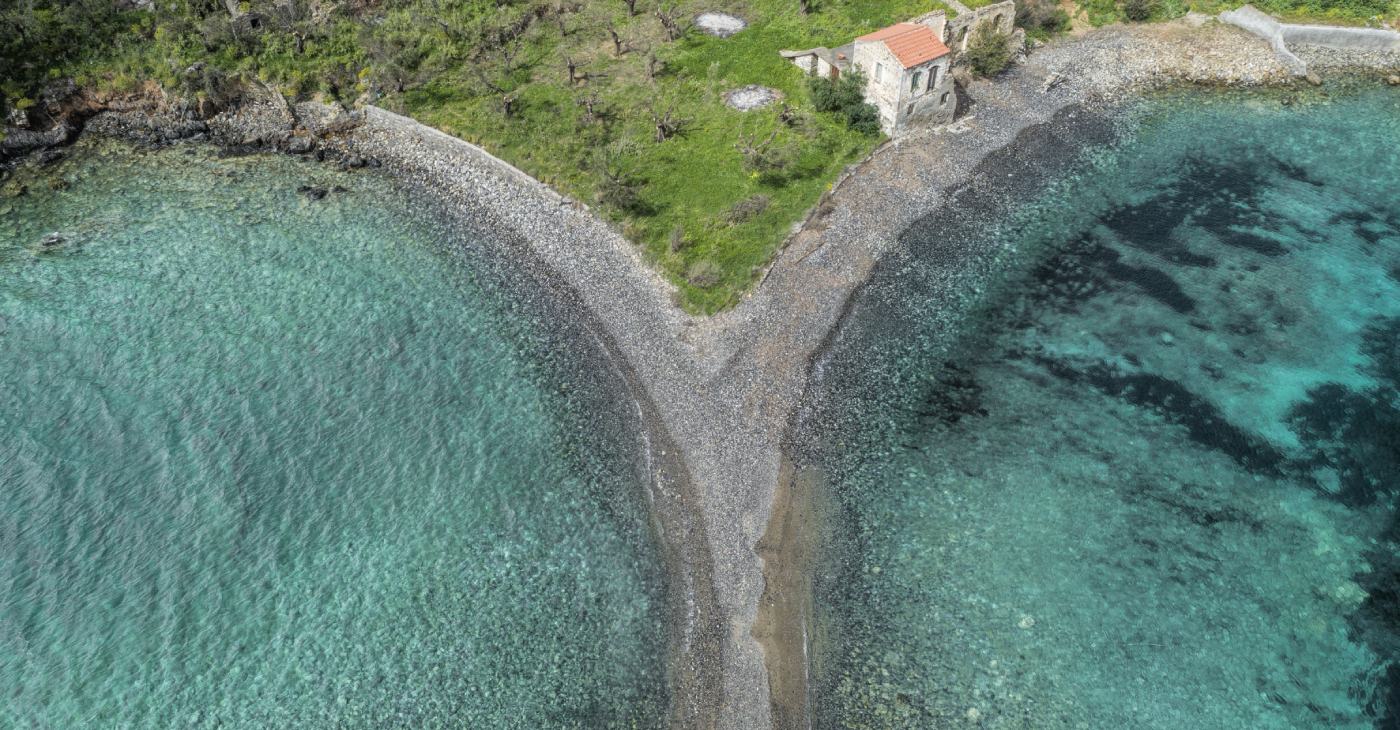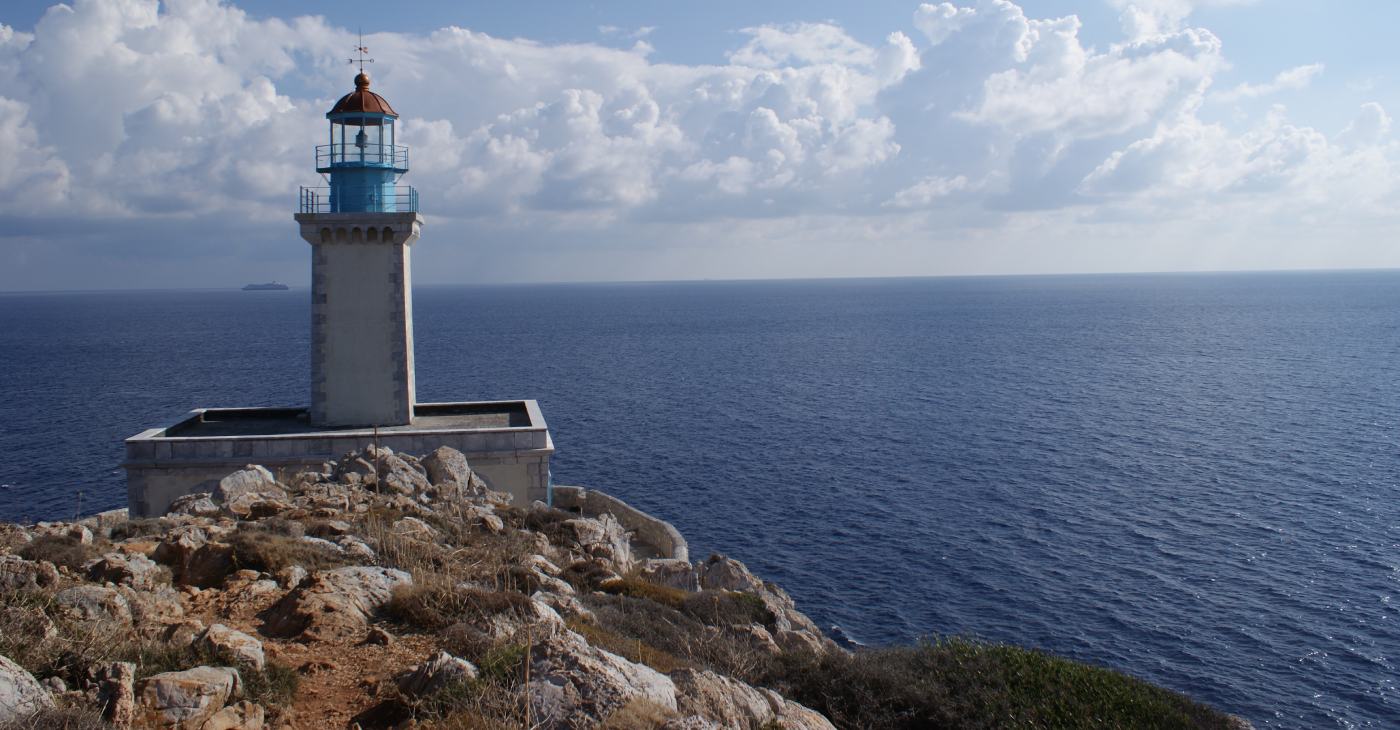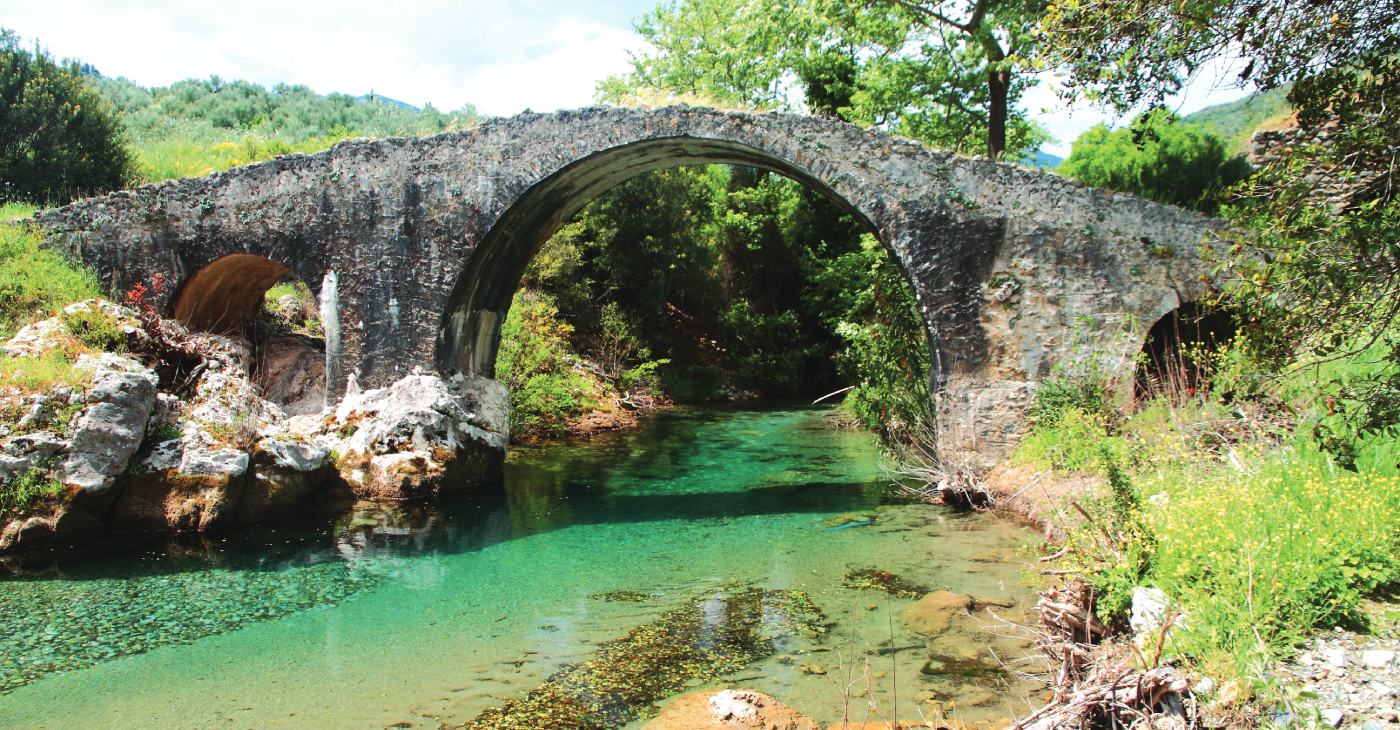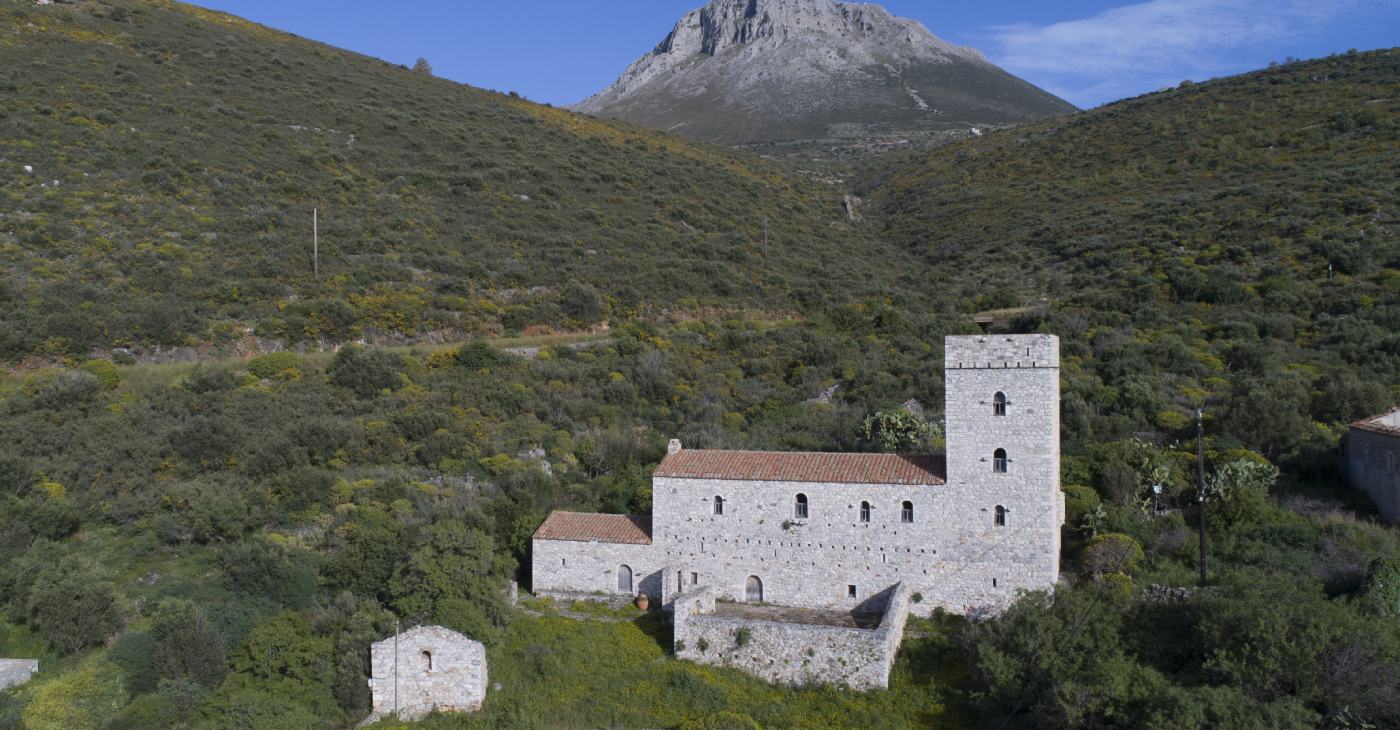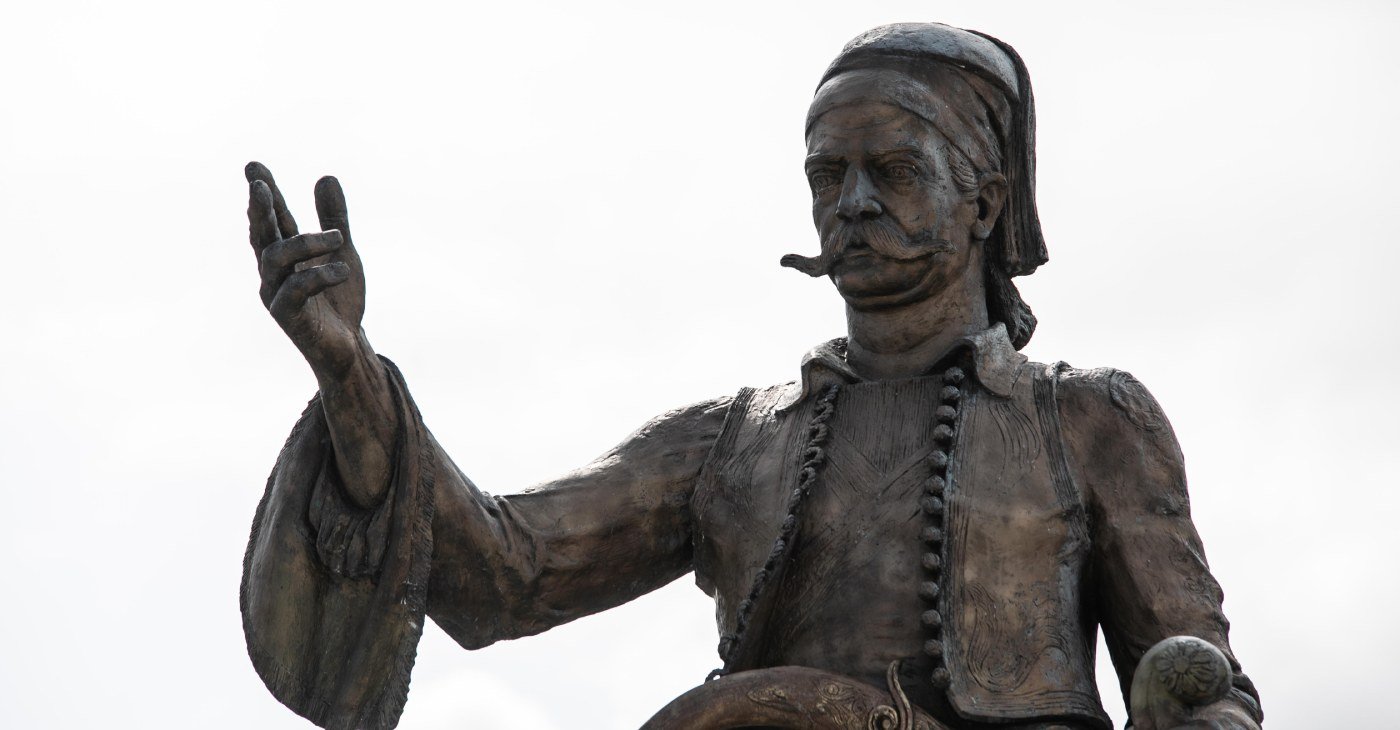OVERVIEW
1Η DAY:
The mountains of Mani
Mani had been a center of uninterrupted resistance against the Ottomans since the pre-revolutionary years.
The mountainous landscape and the hardened inhabitants of the area ensured the repulsion of Ibrahim Pasha’s repeated attempts to conquer Mani. The route passes through areas of Eastern Mani, sites of unique natural beauty, connected with important historical events and personalities who acted before and during the Revolution.
2Η DAY:
The Flower of Monemvasia ... Tour of the castle town of Monemvasia
July 23, 1821. Monemvasia becomes the first fortified city of the Peloponnese that falls into the hands of the Greeks.
Deeply desperate and starving, the few remaining Turks – 756 out of about 4,000 when the siege began four months earlier – capitulate to Ypsilantis’ envoy Alexandros Katakouzenos, agree to hand over the castle on the condition of safe passage and transport by boat to the coasts of Asia Minor. Unlike many other cases, the agreement was kept. The news of the liberation of a seemingly impregnable castle, such as Monemvasia, boosted the morale of the Greek revolutionaries everywhere and encouraged them to continue the struggle for the occupation of other strongholds.
3Η DAY:
Monasteries of the Revolution. Monastery of the Metamorphosis of the Savior (Molaoi), Old Monastery of Vrontama
Historic monasteries that played an important role during the Revolution.
4Η DAY:
Tour of Kalamata
On March 23rd, 1821, Kalamata was peacefully liberated from the Ottomans. That afternoon, the people of Kalamata gathered outside the Church of the Holy Apostles by the river Nedontas to witness the first ever church service to be performed as a free people.
Leaders of the fight for independence, including Theodoros Kolokotronis, Anagnostaras, Nikitaras, Papaflessas and Petrobey Mavromichalis, as well as around 2000 fighters from Mani attended the ceremony. The Revolution was just beginning…
5Η DAY:
Following the footsteps of Ibrahim…
Visit the villages, fortresses, battlefields and monuments connected with Ottoman-Egyptian military operations led by Ibrahim Pasha in the Peloponnese
(February 1825 – October 1828): the battles of Schinolaka (16/17th of March, 1825) and battle of Kremidia (7th of April 1825), Ibrahim’s occupation of Sphacteria(26th of April 1825) and Niokastro (6th May 1825), the battle of Maniaki (20th May 1825) and the Naval Battle of Navarino (27th October 1827).
6Η DAY:
“When I entered Tripolitsa…”
Places connected with the siege of Tripolitsa and the man behind the liberation of the city, Theodoros Kolokotronis: Valtetsi, the place where the Greeks first defeated the Ottomans on the battlefield (12th – 13th May, 1821);
Kolokotronis’ seat, where the Old Man of Morias oversaw the siege of Tripoli as it was being besieged (June – 23 September, 1821); Tripoli and the public monuments in the city that commemorate and honor the heroes of Independence.
7Η DAY:
Opou m’anapli ksakousto…” “My beloved Nafplio…” (Folk song)
30th November 1822. Nafplio was liberated after a many-month long siege. Not through a direct attack, but secretly and silently.
On a rainy, moonless night, the Greeks caught wind that the besieged Ottomans inside had left one side of the castle unguarded. This was due to the extreme deprivation and hardships on the inside, forcing most of the Ottomans to be caught off guard . It was under these circumstances that Staikos Staikopoulos led 350 fighters plus 30 German philhellenes on the front line. They climbed ladders up the castle walls to enter Palamidi Fortress , passing one fortification after another without much resistance. The next morning, on the feast day of Saint Andrew, cannon fire was heard as the blue and white flag was raised over the city. This is where some of the most fascinating and formative events in modern Greek history would take place history. The reclaiming of Nafplio was a truly important event, “un événement majeur”, as Ioannis Kapodistrias described in a letter to his brother just a month and a half later. Unlike other Greek cities, Nafplio was never recaptured by the Ottomans.
